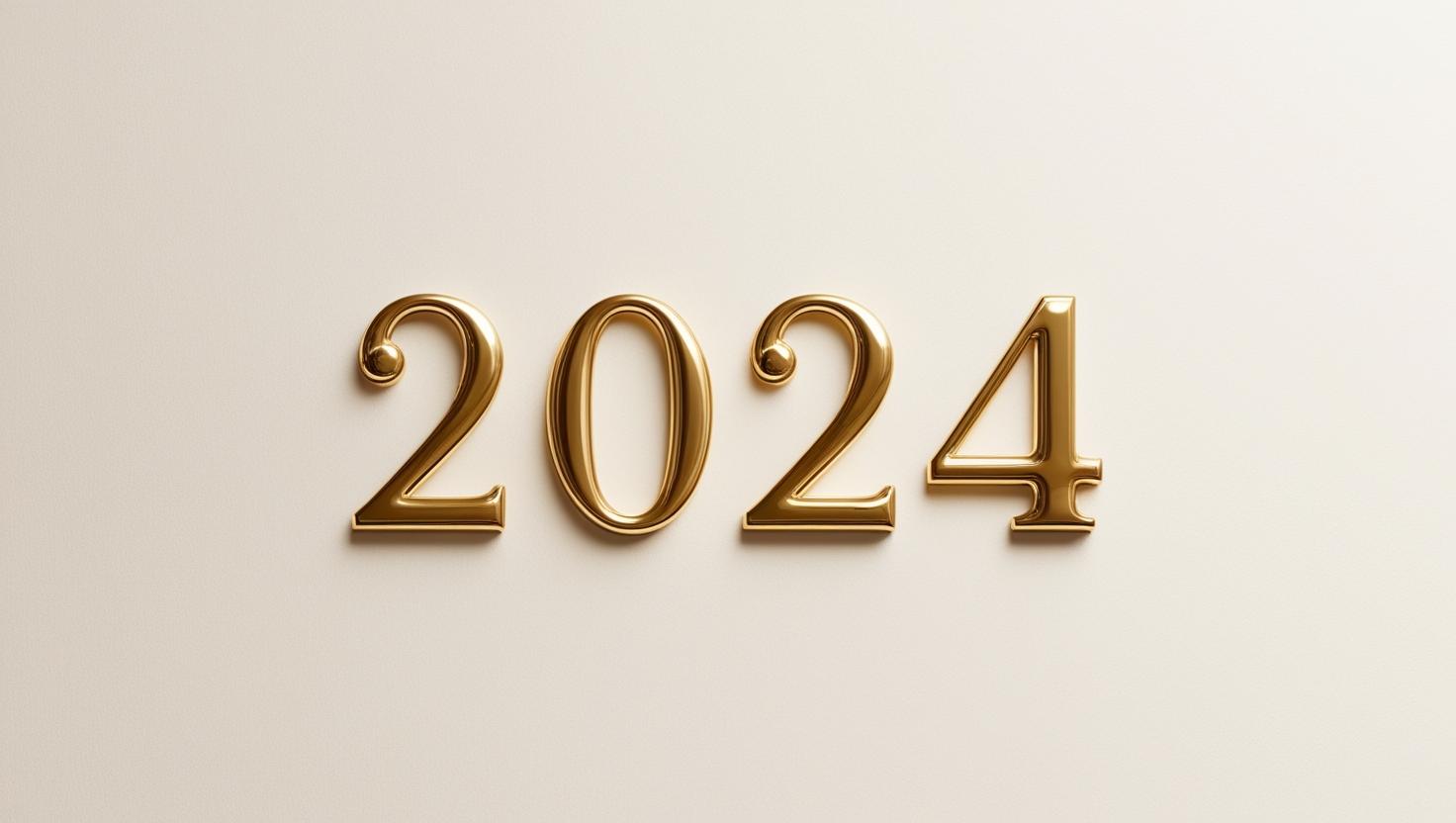
In 2024, our research team has been active across the globe, with quantitative or qualitative research in four continents and the introduction of exciting new OSINT capabilities. This year we conducted
- 37 nationally representative polls reaching 53,000 people in 12 countries
- 78 focus groups across 6 countries
- OSINT monitoring in four countries
- 20 mini polls on Telegram, the first time we have done this
During last year’s research team update I discussed the debut of our V6 research methodology. V6 identifies six key factors — identity, grievance, polarization, poor media habits, trust, and open-mindedness—that could make audiences vulnerable to disinformation and hostile state influence. By measuring these factors through polling, we can segment audiences to identify those most vulnerable, prioritise different interventions and measure their impact.
As with any new product, V6 has evolved. I’m proud to say that the second generation of V6 research, such as that conducted in Moldova in 2024, highlights why this methodology is so valuable to our clients and how it – along with our other research tools – is helping us guess at what 2025 might bring.
Following our first wave of V6 polling in Moldova last year, we conducted a second wave of polling in 2024. The 2024 wave identified the social trends – such as sharpened identity, heightened polarisation and increasing social media use – that were driving disinformation in the lead-up to elections. In fact, our polling predicted, down to a single percentage point, President Maia Sandu’s first-round election result and the outcome of the EU membership referendum. But the narrow referendum results risk crystalising a new dividing line in Moldovan politics – information integrity practitioners need to be aware of the potential for this to be a new means of destabilising Moldova in the lead up to the parliamentary elections in 2025.
Yet our polling work this year has been much more extensive than V6. As part of the USAID-funded Central and Eastern Media Programme (CEMP), that supports independent media across the region, we polled 10,000 people across Poland, Slovakia, Slovenia, Bulgaria, Romania, and Hungary, to understand the drivers of their media consumption and purchasing decisions. The findings – showing that around one in 10 people pay subscriptions for online news, while another one in five express a willingness to pay in the future – were well-received at the CEMP 2024 conference in Warsaw in November. For potential subscribers, interest-driven content and outlet independence are key payment drivers.
Listening to the discussions, I was struck by the bigger picture that appears from combining the learning from our V6 and CEMP findings: consumers are willing to pay for media that they feel represents people like them, but when media becomes disconnected from its audiences, they stop paying and malign actors fill the vacuum – exploiting the perceived values gap between media and consumers. Meanwhile commercial imperatives mean more quality media is going behind paywalls, whilst hostile actors are disseminating it for free on less regulated platforms. We need to find new commercial models for media that increase rather than decrease access. This presents a major challenge for both media organizations and those working on information integrity—an issue that will continue to be addressed by Zinc Network and other organizations throughout 2025.
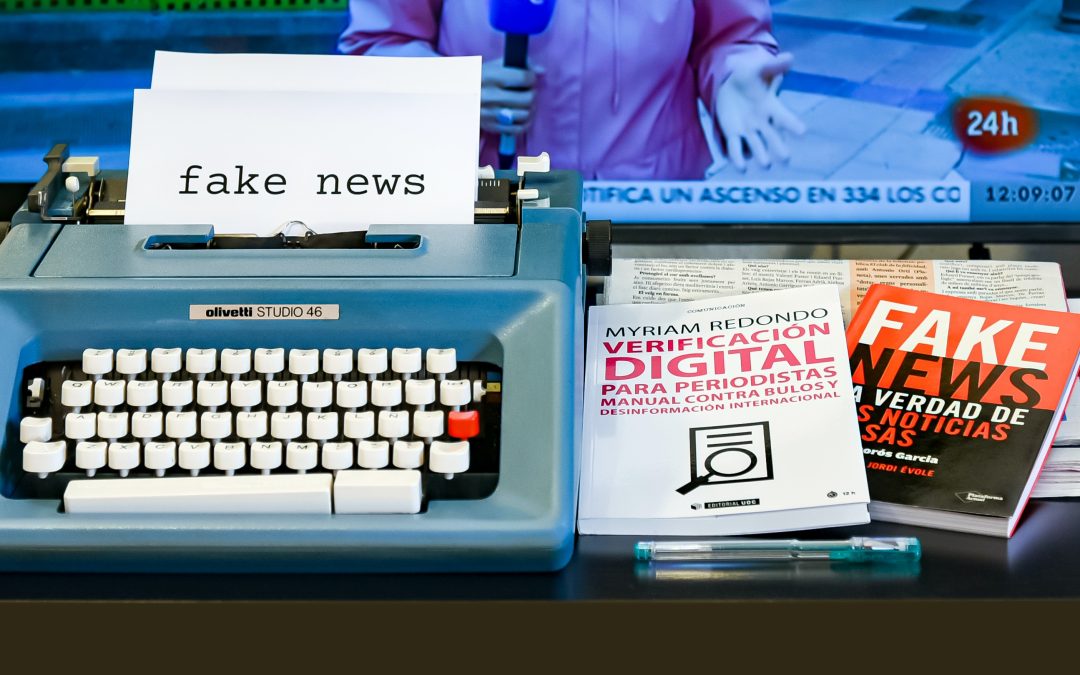
Research at Zinc Network: 2023 in review
After one of our busiest ever years in research, we’re sharing insight into how we support independent media, and push back on hostile state influence.

Gender and Identity in the Crosshairs: A New Disinformation Frontier
Gendered disinformation isn’t a recent phenomenon, but do we truly comprehend its extent and intricacies? Head of Strategy Anna Clifford investigates.
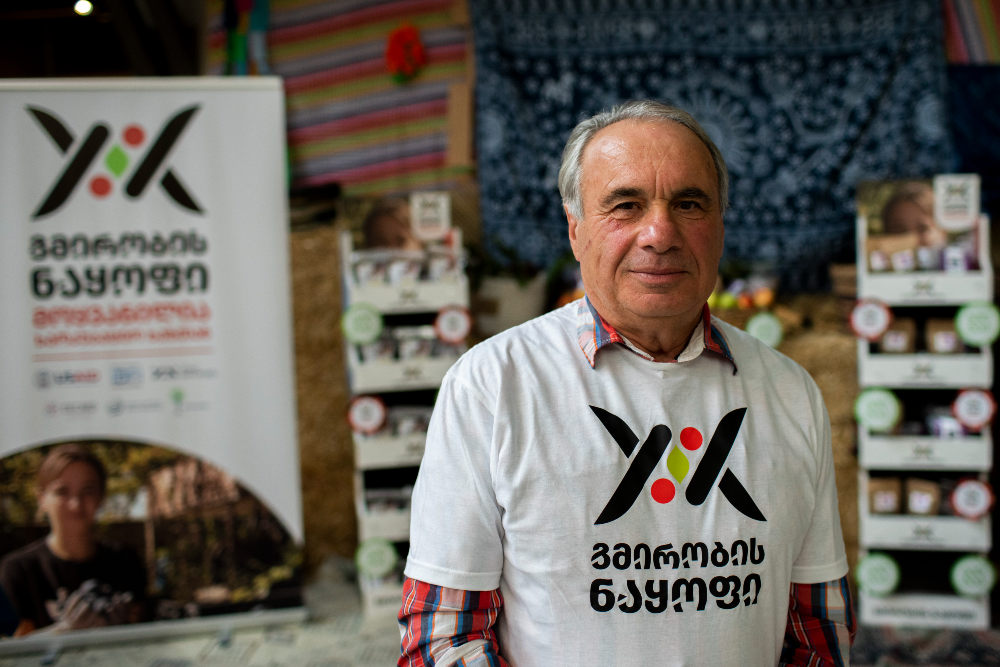
“Fruits of Heroism”: A campaign supporting farmers near the occupation line
Strategist Sophia Krauel introduces our latest work supporting farmers close to the Russian occupation line in Georgia.

Strengthening the sustainability of independent media in Central Europe
Chief of Party Jeff Lovitt introduces the launch of Zinc’s Central Europe Media Program (CEMP).

Continuing to empower parents and educators to champion dyslexic thinking
We are delighted that our Round Pegs, Square Holes campaign for Made by Dyslexia has been shortlisted in the CNGO – Best Equality & Inclusion Cause Campaign category in this year’s Purpose Awards EMEA. Executive Creative Director Margherita Watt looks at how it can help raise awareness of changing thinking around dyslexia.
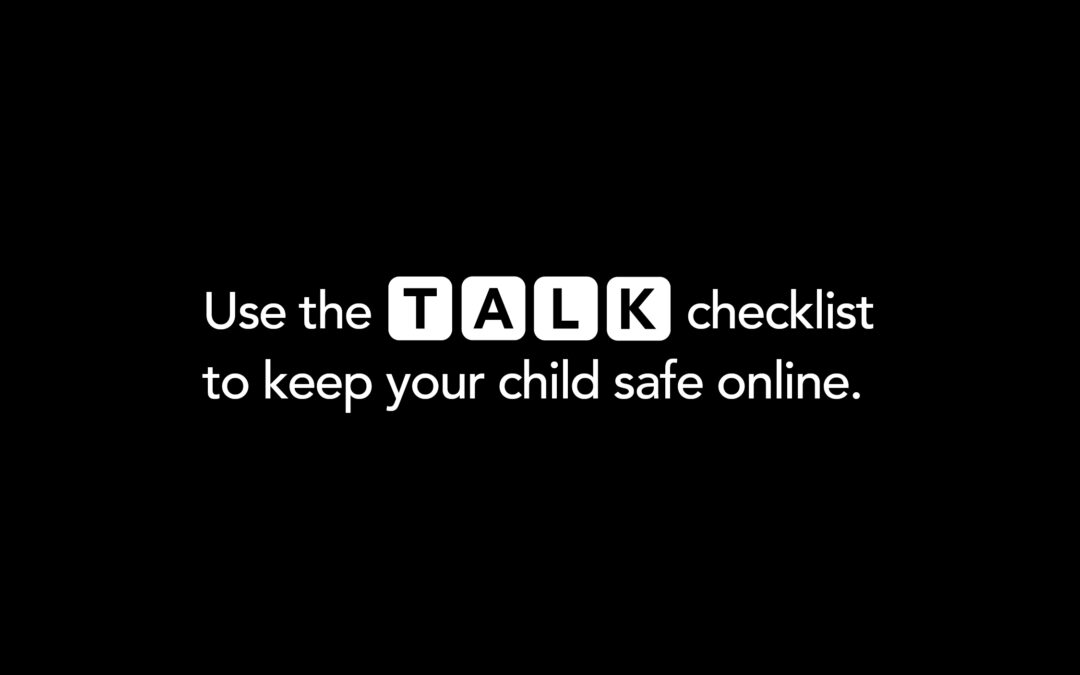
Ethical and safeguarding challenges posed by producing a campaign to tackle online child sexual abuse
Executive Creative Director Margherita Watt explores the challenges posed by working on a campaign to tackle online grooming.
Telegram – a tool for hostile actors or a force for good?
Telegram has been no stranger to media scrutiny since its inception in 2013. In this post, we explore whether Telegram is the tool of global bad actors or a force for good.
Tackling increasing levels of gender-based violence in Afghanistan
Preventing gender-based violence is complex and difficult in most countries. But in Afghanistan, how do you deliver an intervention that starts to challenge centuries of violence?
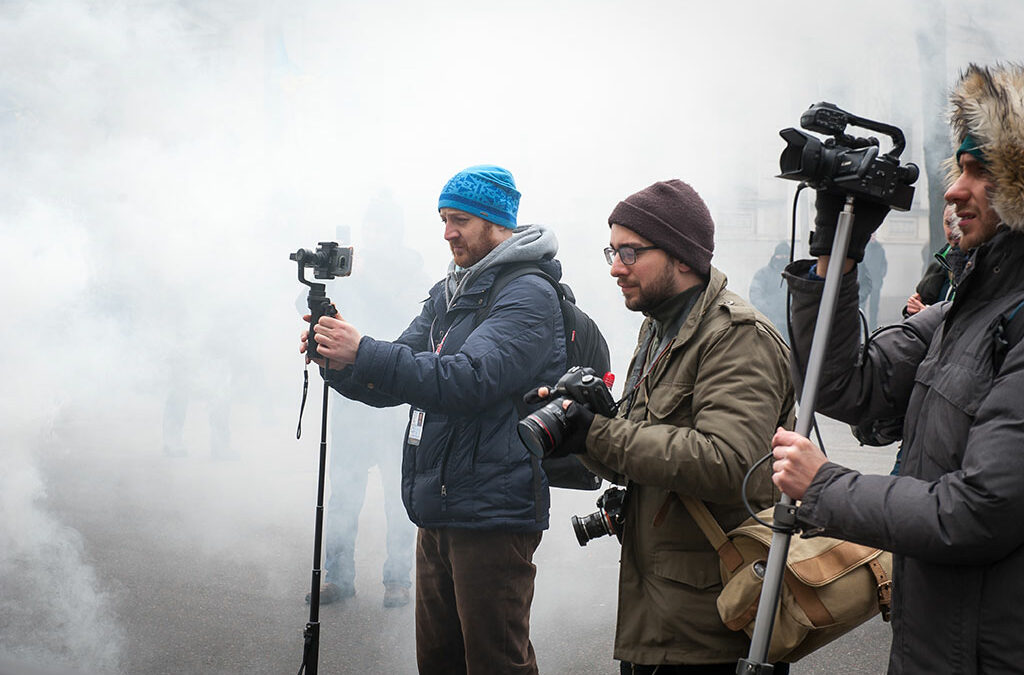
Supporting independent media in the Baltic States
The independent media landscape is changing, and so must media development programmes that support it.
The Gapped Society and what it means for communications
8 pm on Thursday May 28th this year saw the final Clap for Our Carers and will have marked the high-water mark, but also the end, of something that we in the communications and marketing world have taken for granted for over 150 years. That something? Mass society. And the mass communications and the mass media that went with it.
